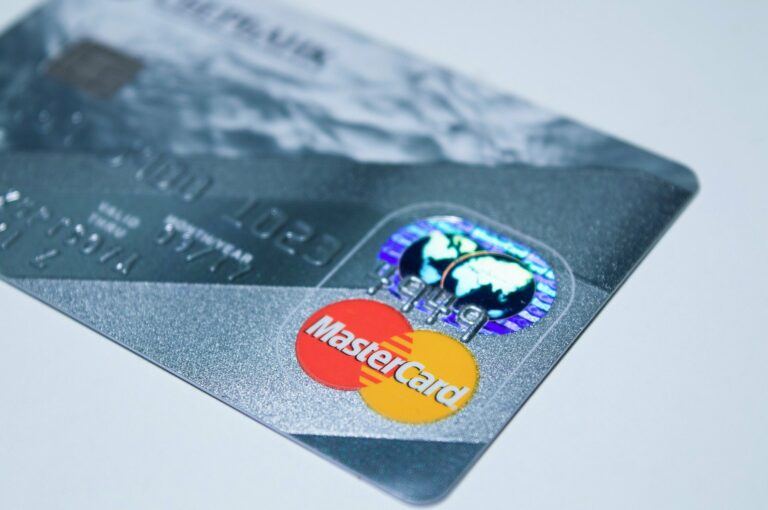According to a report by CNBC, via a partnership with regulated blockchain infrastructure platform Paxos, Mastercard is “looking to bring crypto to the masses by making it easier for banks to get involved.”
Earlier today, CNBC’s Kate Rooney reported that Mastercard plans to act as a bridge between Paxos and banks with Mastercard handling “the regulatory compliance and security.”
Mastercard’s chief digital officer Jorn Lambert told CNBC:
“There’s a lot of consumers out there that are really interested in this, and intrigued by crypto, but would feel a lot more confident if those services were offered by their financial institutions. It’s a little scary to some people still.“
The CNBC report went on to say that “the payments company said its role is to keep banks on the right side of regulation by following crypto compliance rules, verifying transactions and providing anti-money-laundering and identity monitoring services” and that “Mastercard will pilot the product in the first quarter of next year, then ‘crank the handle’ to expand in more geographies.”
At 12:30 p.m. UTC, Mastercard issued a press release, which stated that today it is introducing two programs — Crypto Source and Crypto Secure — to “enable financial institutions to bring secure crypto trading capabilities and services to their customers” and to “bring additional security to the crypto ecosystem and support card issuers in their compliance with complex regulations.”
Recently, Raj Dhamodharan, Executive Vice President of Blockchain / Digital Asset Products and Digital Partnerships at Mastercard, explained what his firm is doing to unlock crypto’s “potential to transform the financial system’s infrastructure”.
In a blog post published on Wednesday (October 12), Dhamodharan gave examples of things that Mastercard is doing to “turn cryptocurrencies into an everyday way to pay”:
- crypto debit cards: “In Argentina, we launched a prepaid card with Binance that lets users fund their card with their crypto, which is converted to fiat currency immediately when they make payments.“
- services for crypto firms: “Mastercard is a provider of cybersecurity, digital ID, advisory and open banking services to tens of thousands of financial institutions. We’re going to use those same tools to provide more support to crypto players and issuers.“
- payments: “We’ve partnered with a handful of top-tier crypto-focused companies — including Paxos, Circle, Evolve and Uphold — to develop ways for people to quickly convert their crypto to fiat to make payments.“
- supporting select cryptocurrencies directly on their network: “An important way to expand choice for people is to bring certain Mastercard-approved digital assets onto our networks, a plan we announced last year that continues to move forward.“
- support for NFTs: “Coinbase users can now pay for NFTs with Mastercard, and in June we announced plans to bring the same capabilities to eight new NFT marketplaces and infrastructure providers.“
On August 2, Mastercard CFO Sachin Mehra shared his thoughts on crypto. His comments were made during an interview with Bloomberg’s Lisa Abramowicz.
With regard to crypto, he said:
“In the crypto world, we play the role as an on-ramp, with people using our debit and credit products to buy crypto. And we act as the off-ramp: When people want to cash it, we help them gain access to be able to use their crypto balances everywhere Mastercard is accepted. That’s a revenue-generating capability which has been fairly successful ever since crypto environments came up…
“For anything to be a payment vehicle in our mind, it needs to have a store of value. If something fluctuates in value every day, such that your Starbucks coffee today costs you $3 and tomorrow it’s going to cost you $9 and the day after it’s going to cost you a dollar, that’s a problem from a consumer-mindset standpoint. So we view crypto more as an asset class. But as a payment instrument, we think stablecoins and CBDCs [digital currencies issued by central banks] potentially have a little bit more runway.“
Image Credit
Featured Image via Pixabay









